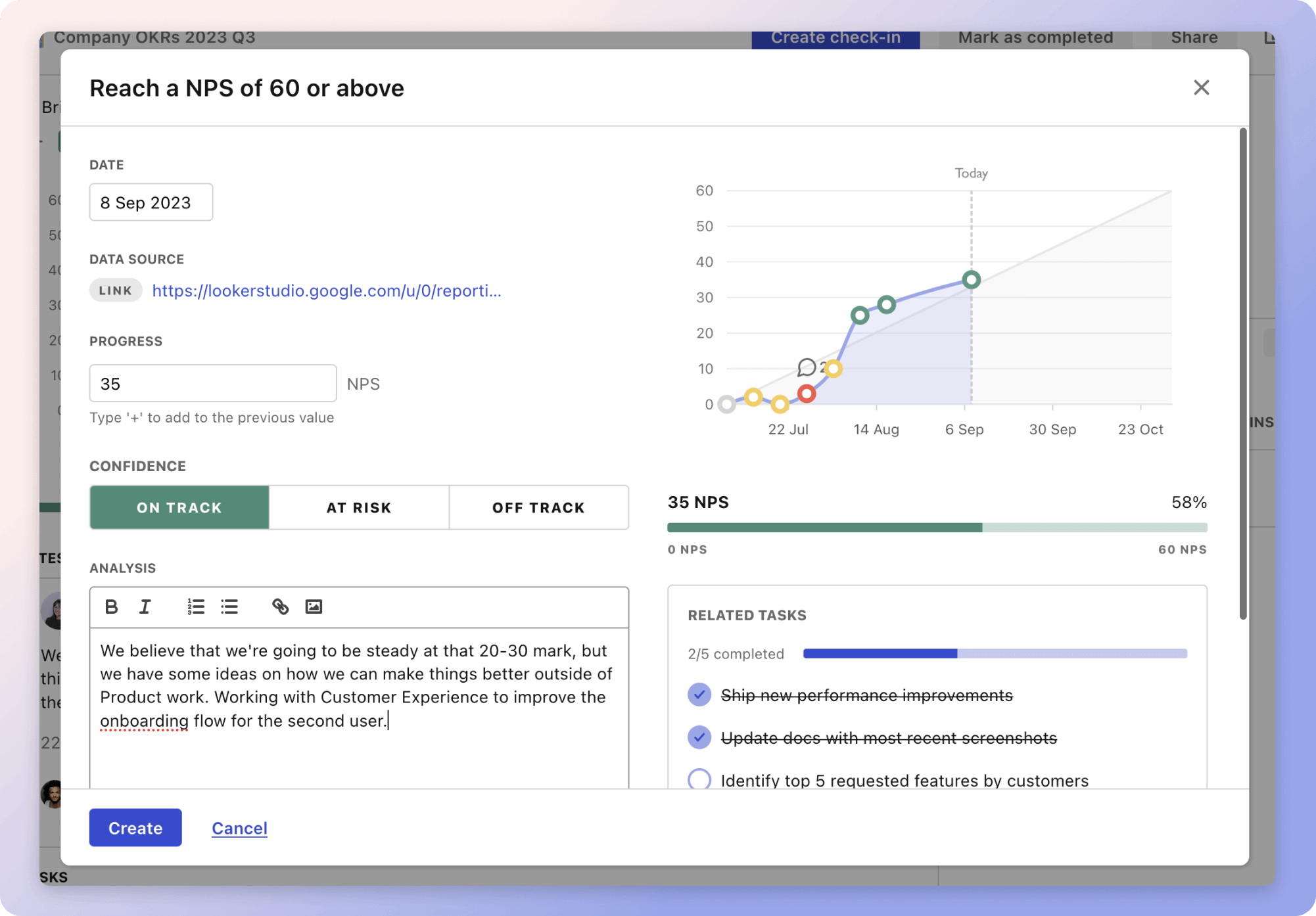The strategy "Developing a Strategic Roadmap for Digital Energy Flexibility" aims to cultivate a cohesive approach to energy flexibility in the UK over four years. It focuses on aligning stakeholders around a shared vision through workshops, communication platforms, and a steering group to oversee the implementation. Creating a unified vision ensures collaboration among government, industry, and academia.
Prioritizing projects is another core aspect, involving needs assessments to identify impactful initiatives and establish clear objectives. Projects are ranked by impact and feasibility, ensuring efficient allocation of resources.
Strengthening infrastructure involves assessing current frameworks and promoting investments. It emphasizes partnerships, regulatory support, and skill development for sustainable energy innovation.
The strategies
⛳️ Strategy 1: Align stakeholders around a common vision
- Identify and engage key stakeholders from government, industry, and academia
- Facilitate workshops to determine shared goals and opportunities
- Establish a collaborative platform for ongoing communication
- Develop a unified vision statement for digital energy flexibility
- Create a stakeholder map to visualise roles and relationships
- Conduct regular stakeholder alignment meetings
- Gather feedback to ensure the vision remains relevant
- Prepare communication materials to articulate the shared vision
- Form a steering group to oversee roadmap implementation
- Set up a digital library for resource sharing among stakeholders
⛳️ Strategy 2: Prioritise projects and initiatives
- Conduct a needs assessment to identify high-impact projects
- Map out current and future digital energy flexibility initiatives
- Develop criteria for prioritising projects based on impact and feasibility
- Create a timeline that aligns with strategic priorities
- Identify synergies between projects for collaborative opportunities
- Solicit input from stakeholders to validate project priorities
- Establish clear objectives and KPIs for each project
- Designate responsible teams or organisations for each initiative
- Publish a prioritised project list with timelines and dependencies
- Review and update priorities annually based on progress and changes in the sector
⛳️ Strategy 3: Build and strengthen enabling infrastructure and institutions
- Assess existing infrastructure and identify gaps for improvement
- Promote investment in digital infrastructure to support energy flexibility
- Encourage partnerships between technology providers and energy companies
- Advocate for regulatory frameworks that support innovation
- Develop standards and protocols for interoperability
- Support capacity building and training programs for skill development
- Identify funding opportunities and mechanisms for infrastructure projects
- Enhance data-sharing policies to facilitate collaboration
- Build a resource centre to support innovation in the ecosystem
- Monitor and report on infrastructure and institutional developments regularly
Bringing accountability to your strategy
It's one thing to have a plan, it's another to stick to it. We hope that the examples above will help you get started with your own strategy, but we also know that it's easy to get lost in the day-to-day effort.
That's why we built Tability: to help you track your progress, keep your team aligned, and make sure you're always moving in the right direction.

Give it a try and see how it can help you bring accountability to your strategy.
